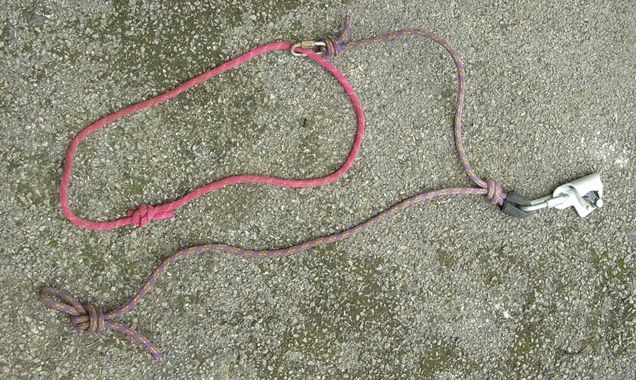Simon Wilson
New member
I agree with Mark. A jammer can only take about 400kg so your safety loop does not need to be stronger than that (unless you want it to double as an extra cowstail which I have done in the past).
The one in the photo is 7mm cord. The footloop is 6mm and attached with a 5mm maillon. Because the footloop is free to move around it lasts much longer. The safety cord is protected with tube tape where it is attached to the 7mm maillon and the jammer. Without the tube tape it will always wear out there first. The 6mm loop will outlast several of the 7mm cords.

The one in the photo is 7mm cord. The footloop is 6mm and attached with a 5mm maillon. Because the footloop is free to move around it lasts much longer. The safety cord is protected with tube tape where it is attached to the 7mm maillon and the jammer. Without the tube tape it will always wear out there first. The 6mm loop will outlast several of the 7mm cords.




